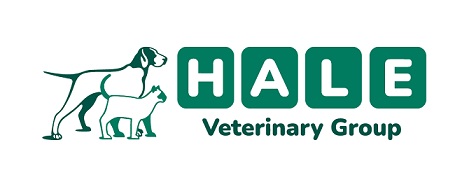Laparoscopy
What is laparoscopic neutering?
A laparoscopic spay or neuter is an alternative to the traditional method. It is less invasive and allows faster recovery time.
What is the difference between laparoscopic spay and the traditional method?
With a laparoscopic or keyhole spay your dog will have her ovaries removed with a camera and vessel sealing device through three small incisions (ovariectomy).
In a traditional spay your dog has an operation whereby a long incision is made on the midline of the tummy. The uterus and the ovaries are stitched and are removed through this larger hole (ovariohestectomy).
-
What to expect:
-
A large clipped area on both sides of her tummy
-
A "cone of shame" or pet shirt will be required
-
Post-op check 24 hours post surgery
-
Stitches removed 10 days post surgery
-
Normal exercise may resume after one week
Is laparoscopic spay more expensive?
Laparoscopic spay costs more than traditional neutering because it requires specialist equipment. Laparoscopic surgery equipment is also costly to purchase and maintain, it takes extra training, experience, and a higher level of surgical expertise.
What are the benefits?
-
Small keyhole wound – faster to heal, less discomfort
-
Only ovaries removed – less tummy trauma. Decreased risk of post-operative complications
-
Minimal stitches – less discomfort and licking of wound
Criteria required
Your dog should be in good bodily condition, not overweight, weighing between 7.5kg-35kg. Either between her seasons or prior to her first season. Suitability for surgery depends on anatomy and it may still be necessary to revert to the traditional method.
We are also able to offer other surgeries using this technique, such as biopsies and retained testicle castration, when one or both testicles have failed to descend into the scrotum and are located in the abdomen.

